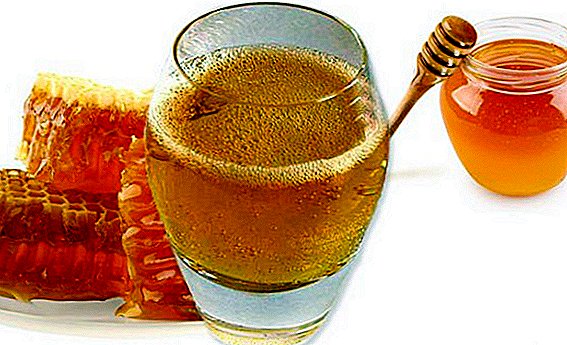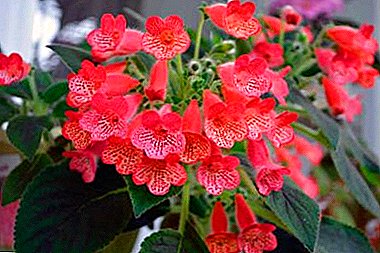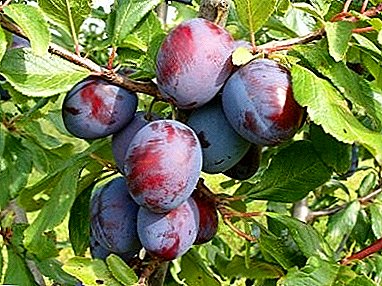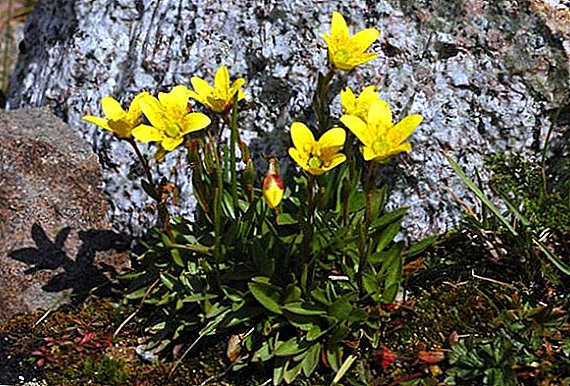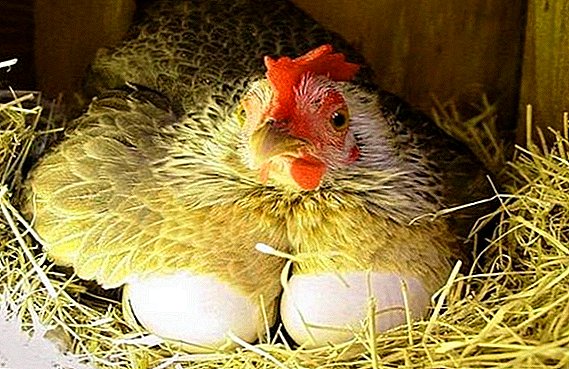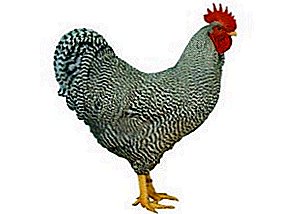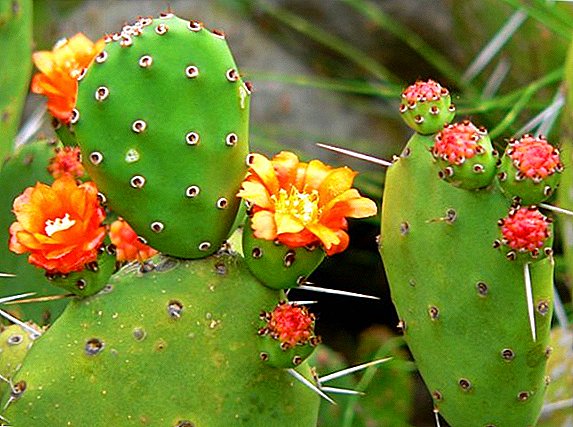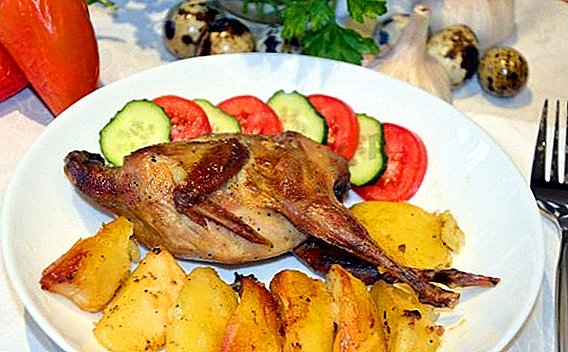
Gerbera is a beautiful flowering plant that rarely leaves anyone indifferent. Many people dream of having this matchless plant on their windowsill, but in flower shops it is quite expensive.
How to grow these amazing gerbera flowers at home from seed? Is it possible to grow? The answer is yes, if you know the rules of agrotechnics for the plant. For example, the flower does not tolerate overwetting, heavy soil, organic fertilizers, surface spraying, and so on.
Consider the main points of growing plants from seed. See also a useful video on the topic.
Breeding methods
Often after flowering the plant begins to multiply, it can be done in several ways:
- Seeds - rarely used, especially if it is a garden Gerbera, since it takes more than 10 months from the time the seed is planted until the first buds appear. But if you sow the seedlings in January, then by August you can get a magnificent flowering plant.
- Dividing bush - In this case, choose a four-year plant. This is necessary so that on each bush there are two points of growth left, otherwise the bushes may die.
- Cuttings - cut off part of the stem, which should be 2 leaves and planted in the ground. Soil temperature not less than +20 degrees. In order for the rooting process to go faster, you need to cover it with a can or a cut-off plastic bottle.
How to propagate Gerbera and how to care for her at home, read here.
Planting material
 The seeds of the plant have an elongated shape with a small tassel at the tip, small in size. One gram contains 300-500 pcs.
The seeds of the plant have an elongated shape with a small tassel at the tip, small in size. One gram contains 300-500 pcs.
Gerbera is not a self-pollinated plant.therefore, in order to get seeds from a flower, it is required to carry out cross-sectional artificial pollination at the moment of flowering. Pollen matures faster and stored for 100 days.
It is worth remembering that to save the variety, both male and female plants must be of the same species, otherwise you can get a plant with completely different characteristics. The result is unpredictable, the resulting seeds can give a completely different plant in terms of characteristics.
When ripe and how to collect?
After a successful pollination, the seeds of the plant will be ready for harvest in a month, as soon as the middle of the flower becomes fluffy. Hand apart the flower and take out the seeds. It is worth remembering that seeds retain good germination only 6 months from the time of collectionduring this time they need to be planted in the ground. Price depends on the amount of seed in the bag. For example, 25 pcs. - 80 rubles, and 10 pcs. - 0t 22 to 40.
Important: When buying, look at the period of seed packing, if it is more than 6 months, you should not buy such seeds, their germination rate is very low.
Features of growing
To grow a beautiful, strong plant from a seed that will delight you with a friendly flowering, you need to know the nuances of planting and subsequent care. What should be avoided when growing Gerberas in pots, we told in this material.
Planting dates
You can sow seeds at any time, starting from the moment of collecting the seed.. But, in order not to contradict the nature and biorhythms of the plant, the beam should make a spring planting. Preparation for cultivation: soil and seeds.
Soil preparation
Gerberas love porous and light soil, which is prepared from 2 parts of leaf humus, 2 parts of peat and 1 part of river, washed sand. In this case, the soil should be neutral or slightly acidic. Before planting, the soil is disinfected by spilling a solution of potassium permanganate, the temperature of which is +50 degrees. To prepare the seeds, you do not need to do anything, they do the sowing without soaking, and they do not need to be processed.
Landing rules
 Flower seeds are very small, and they do not need to be deeply deepened into the soil., simply sprinkle them on the surface and sprinkle with peat. The soil must be wet. For rapid germination, it is necessary to provide the planting material with certain conditions, creating a greenhouse effect.
Flower seeds are very small, and they do not need to be deeply deepened into the soil., simply sprinkle them on the surface and sprinkle with peat. The soil must be wet. For rapid germination, it is necessary to provide the planting material with certain conditions, creating a greenhouse effect.
To do this, cover the container with glass or film. The first shoots will appear in a week, but every day you need to remove covering material for ventilation. As soon as the seeds germinate, the glass is removed.
The optimum temperature for germination is +20 degrees. Gerberas can be sown in a small container, or in separate peat pots, it will be much preferable, since the subsequent transplantation into the pot does not damage the root system.
Watch the video about planting gerbera seeds:
Pot selection
As soon as 3 true leaves appear on Gerbera seedlings, it can be transplanted into a separate pot. The pot is not taken large - if the plant has too much space, it may not bloom.
The seedling is placed in a 700 ml clay pot. A large layer of drainage should be laid on the bottom of the pots..
Board: Despite the fact that Gerber will grow well in a clay container, it is much preferable to transplant it into a plastic pot, since it will be possible to water the plant in a pan.
Care for indoor flower
In order for a healthy and flowering plant to grow, you need to follow certain rules of care:
- The plant in the phase of active growth must ensure a comfortable temperature - 18-24 degrees. As soon as Gerbera begins a period of rest, after the end of flowering, it is transferred to a cool place with a temperature of 14 degrees.
- When growing seedlings in the winter, she needs to provide additional illumination. If the plant lacks light, the saplings will stretch and will be weak.
- As soon as the plant blooms, it is provided with a light day at 12 o'clock. This is due to the fact that Gerbera blooms in late summer, when daylight starts to decline. The plant is light-loving and responds very well to intense sunlight. Want to prolong flowering in the winter - provide good light, while the glow should be warm.
 The rest period comes at a time when the plant ceases to bloom and lasts for 3-4 months.
The rest period comes at a time when the plant ceases to bloom and lasts for 3-4 months.- Air humidity is very important for the plant. But you can not spray Gerber with water - a fungal infection appears. To humidify the air, water is sprayed around the plant, or stones are poured into the pan and water is poured into it, which should not touch the bottom of the pot.
- Produced as follows - set pots with a plant in the water for 10 minutes, then return to the pebbles.
- Gerbera requires a transplant every year in a container that will be 1-2 cm more than the previous one. If you buy a soil mixture in the store, then you choose a soil for planting roses (how and when to transplant Gerbera after purchase?).
- 2 weeks after transplanting seedlings, you can begin feeding. To do this, use only complex mineral fertilizers for flowering crops. During the growing season, fertilization is carried out every 14 days.
- If the soil for planting is prepared correctly, then the required amount of nitrogen fertilizer for the plant is present in it. If you overfeed Gerbera, then it will begin to build up green mass and will not bloom (you can find out about why Gerberas do not bloom and how to care for them here).
- During the rest period, it is important to provide the plant with comfortable conditions. Reduce watering to a minimum, reduce the temperature to +14 degrees. Watering is needed when the top layer of earthen coma dries. Feeding at this time is not carried out.
Watering
The plant is moisture-loving, and it needs abundant timely watering during the period of active growth. But doing the swamp in the pot is also not necessary. Gerbera is desirable to water only through the pan, since water and bush penetration and sprouts can cause the development of fungal diseases (how to recognize and treat room gerbera diseases, read here). It is also worth remembering that watering is carried out only with warm water. Cold liquid can provoke root rot and the spread of fungus.
How to water young shoots?
Seedlings are watered sparingly, but at the same time not allowing the earthen clod to fall. Moisture should not get on the plants, so it is better to use a syringe or syringe and inject water directly into the soil. Often experienced gardeners use an old steamer for watering.
Conclusion
Gerbera is a very effective flower, which is the fifth most popular among garden, flowering plants. Unusual, bright, beautiful, it can decorate any interior, and about the fact that it blooms in autumn makes it even more attractive for flower lovers. When growing a flower from seeds, anyone can get great pleasure, not only from the result obtained, but also from the process. It is very entertaining to watch the saplings grow, turning into a magnificent flowering plant.


 The rest period comes at a time when the plant ceases to bloom and lasts for 3-4 months.
The rest period comes at a time when the plant ceases to bloom and lasts for 3-4 months.